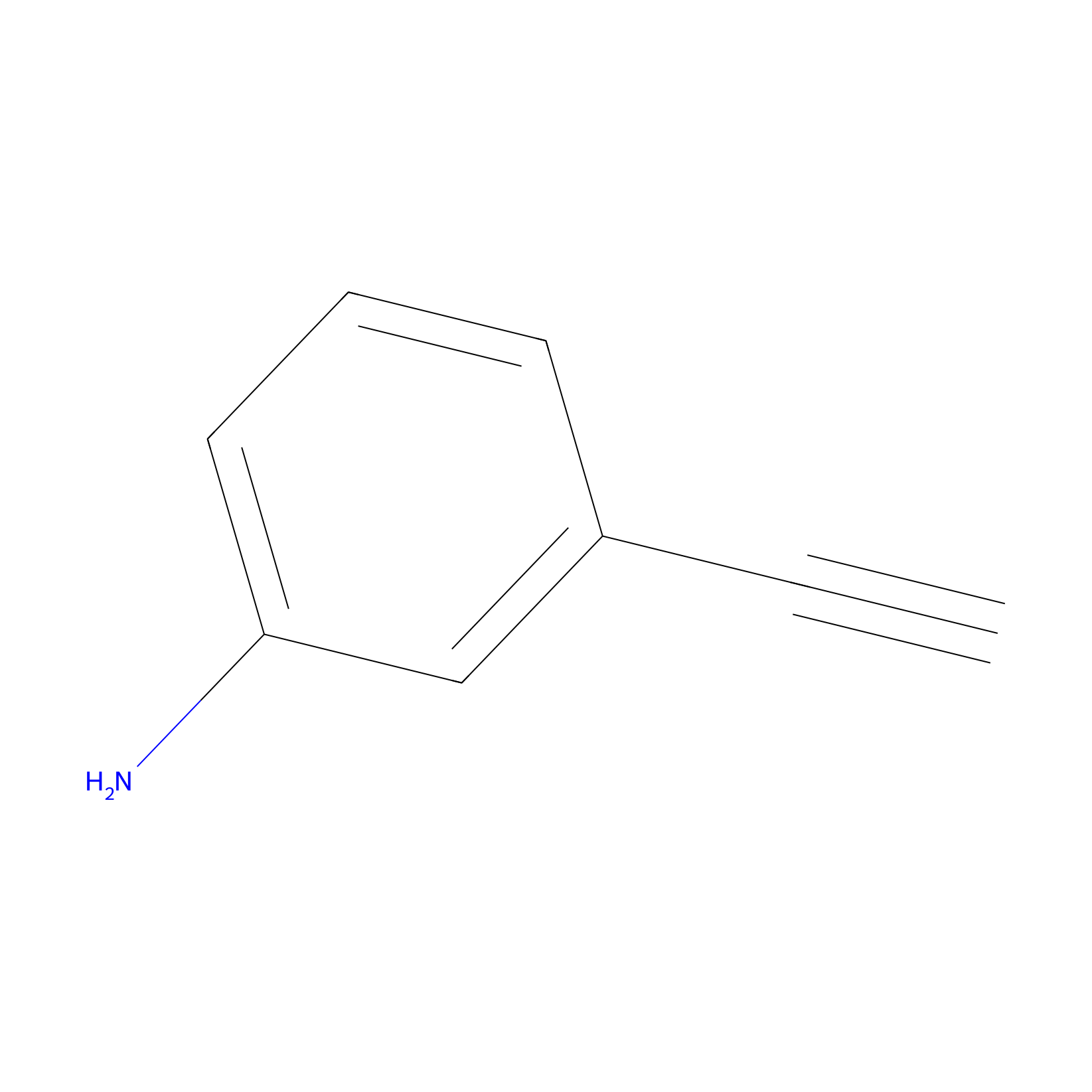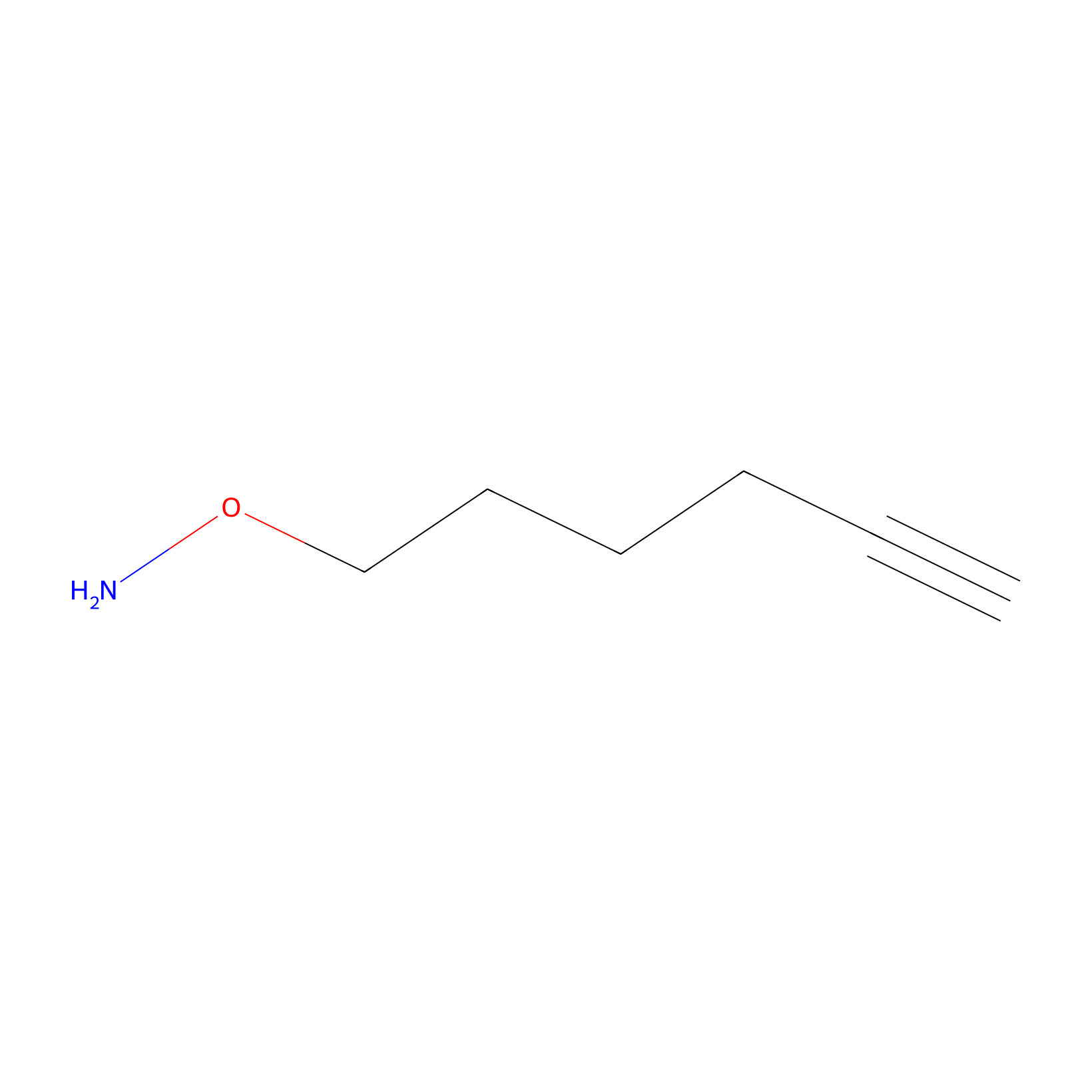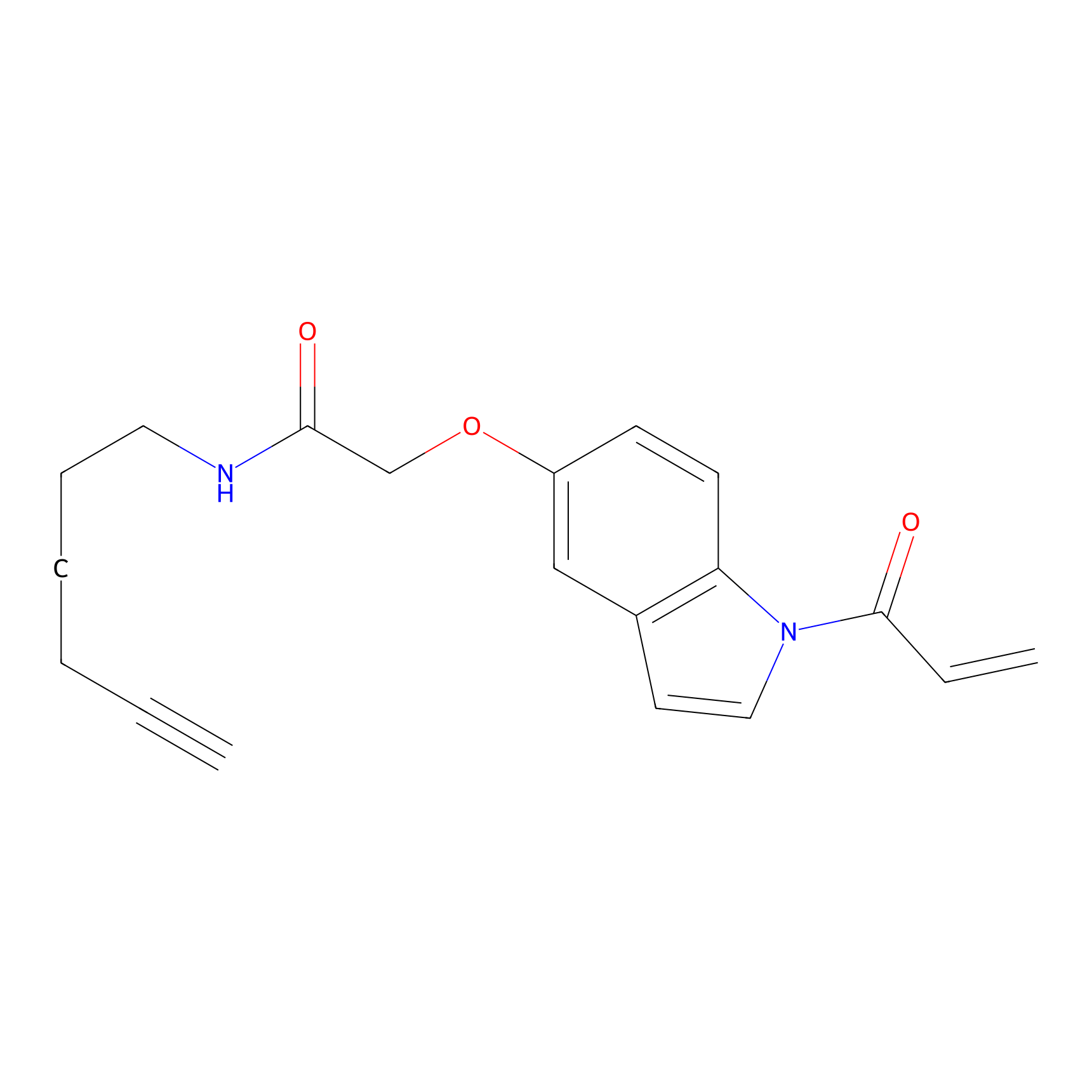Details of the Target
General Information of Target
| Target ID | LDTP10106 | |||||
|---|---|---|---|---|---|---|
| Target Name | Ubiquitin-conjugating enzyme E2 W (UBE2W) | |||||
| Gene Name | UBE2W | |||||
| Gene ID | 55284 | |||||
| Synonyms |
UBC16; Ubiquitin-conjugating enzyme E2 W; EC 2.3.2.23; E2 ubiquitin-conjugating enzyme W; N-terminal E2 ubiquitin-conjugating enzyme; EC 2.3.2.25; N-terminus-conjugating E2; Ubiquitin carrier protein W; Ubiquitin-conjugating enzyme 16; UBC-16; Ubiquitin-protein ligase W
|
|||||
| 3D Structure | ||||||
| Sequence |
MVRPVRHKKPVNYSQFDHSDSDDDFVSATVPLNKKSRTAPKELKQDKPKPNLNNLRKEEI
PVQEKTPKKRLPEGTFSIPASAVPCTKMALDDKLYQRDLEVALALSVKELPTVTTNVQNS QDKSIEKHGSSKIETMNKSPHISNCSVASDYLDLDKITVEDDVGGVQGKRKAASKAAAQQ RKILLEGSDGDSANDTEPDFAPGEDSEDDSDFCESEDNDEDFSMRKSKVKEIKKKEVKVK SPVEKKEKKSKSKCNALVTSVDSAPAAVKSESQSLPKKVSLSSDTTRKPLEIRSPSAESK KPKWVPPAASGGSRSSSSPLVVVSVKSPNQSLRLGLSRLARVKPLHPNATST |
|||||
| Target Bioclass |
Enzyme
|
|||||
| Family |
Ubiquitin-conjugating enzyme family
|
|||||
| Subcellular location |
Nucleus
|
|||||
| Function |
Accepts ubiquitin from the E1 complex and catalyzes its covalent attachment to other proteins. Specifically monoubiquitinates the N-terminus of various substrates, including ATXN3, MAPT/TAU, POLR2H/RPB8 and STUB1/CHIP, by recognizing backbone atoms of disordered N-termini. Involved in degradation of misfolded chaperone substrates by mediating monoubiquitination of STUB1/CHIP, leading to recruitment of ATXN3 to monoubiquitinated STUB1/CHIP, and restriction of the length of ubiquitin chain attached to STUB1/CHIP substrates by ATXN3. After UV irradiation, but not after mitomycin-C (MMC) treatment, acts as a specific E2 ubiquitin-conjugating enzyme for the Fanconi anemia complex by associating with E3 ubiquitin-protein ligase FANCL and catalyzing monoubiquitination of FANCD2, a key step in the DNA damage pathway. In vitro catalyzes 'Lys-11'-linked polyubiquitination. UBE2W-catalyzed ubiquitination occurs also in the presence of inactive RING/U-box type E3s, i.e. lacking the active site cysteine residues to form thioester bonds with ubiquitin, or even in the absence of E3, albeit at a slower rate.
|
|||||
| Uniprot ID | ||||||
| Ensemble ID | ||||||
| HGNC ID | ||||||
Target Site Mutations in Different Cell Lines
| Cell line | Mutation details | Probe for labeling this protein in this cell | |||
|---|---|---|---|---|---|
| CCK81 | SNV: p.Q70R | . | |||
| HEPG2 | SNV: p.P82A | NAIA_5 Probe Info | |||
Probe(s) Labeling This Target
ABPP Probe
| Probe name | Structure | Binding Site(Ratio) | Interaction ID | Ref | |
|---|---|---|---|---|---|
|
m-APA Probe Info |
 |
15.00 | LDD0402 | [1] | |
|
DBIA Probe Info |
 |
C180(1.19) | LDD2268 | [2] | |
|
IA-alkyne Probe Info |
 |
N.A. | LDD0162 | [3] | |
|
AOyne Probe Info |
 |
15.00 | LDD0443 | [4] | |
|
NAIA_5 Probe Info |
 |
N.A. | LDD2223 | [5] | |
Competitor(s) Related to This Target
The Interaction Atlas With This Target
The Protein(s) Related To This Target
Enzyme
| Protein name | Family | Uniprot ID | |||
|---|---|---|---|---|---|
| E3 ubiquitin-protein ligase RNF5 (RNF5) | RNF5 family | Q99942 | |||
| E3 ubiquitin-protein ligase MARCHF5 (MARCHF5) | . | Q9NX47 | |||
Other
References
